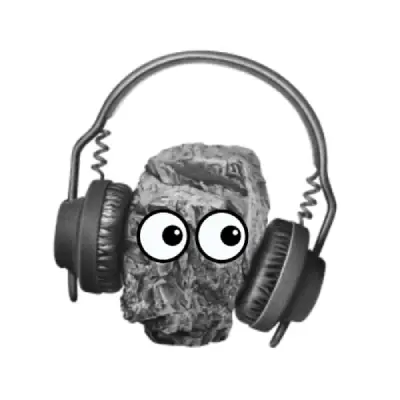May 30, 2025
The Torah was given in a pattern of threes —a recurring theme that carries deep meaning. The Talmud teaches: the Torah (which itself has three parts—Torah, Nevi'im, Ketuvim) was given to a people divided into three groups (Kohanim, Levi'im, Yisraelim), through the third child of Amram (Moshe), in the third month (Sivan), on the third day (after three days of preparation). Why so many "threes"? The answer reflects the essence of Torah and mitzvot. The Bnei Yissaschar explains that every mitzvah is made up of three components: Action – physically performing the mitzvah. Speech – reciting a beracha, or saying the source verse. Thought – having kavana (intent) and awareness of why we're doing the mitzvah. This three-part formula also aligns with: The body : lower body (action), chest/lungs (speech), head (thought). The soul : nefesh (action), ruach (speech), neshama (thought). Spiritual development : ibur (embryo—action), yenika (nursing—speech), mochin (intellect—thought). Shabuot also commemorates the three stages of Jewish growth: Yetzias Mitzrayim – physical birth (action). Marah – first exposure to Torah laws (speech). Matan Torah – full spiritual maturity (thought and understanding). Even creation itself reflects Torah's structure. On the third day of creation , two Torah-like principles emerged: The grass obeyed a Torah-style kal vachomer and chose to grow "according to its kind," though not explicitly commanded—showing initiative in following Torah logic. The trees , however, failed to follow a potential hekesh (a Torah logic tool), producing fruit without making their trunks edible as commanded. Because of this, grass is honored in our synagogues on Shabuot with greenery—but trees are not included , as per the Vilna Gaon, who also rejected their use due to Christian associations. And finally, it was Moshe Rabbenu who made the famous hekesh —a Torah principle—on his own, delaying the giving of the Torah from the 6th of Sivan to the 7th so that the three-day preparation would be complete. In the Diaspora, where we keep two days of Yom Tov, the second day of Shabuot actually aligns with the true day of Matan Torah ! Summary: Shabuot celebrates a Torah of "threes"—a reflection of how we must serve Hashem with action, speech, and thought; body, soul, and spirit. From creation to redemption to revelation, the pattern of three teaches us how to elevate our lives and deepen our connection to Torah.
